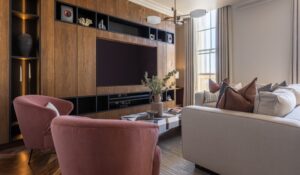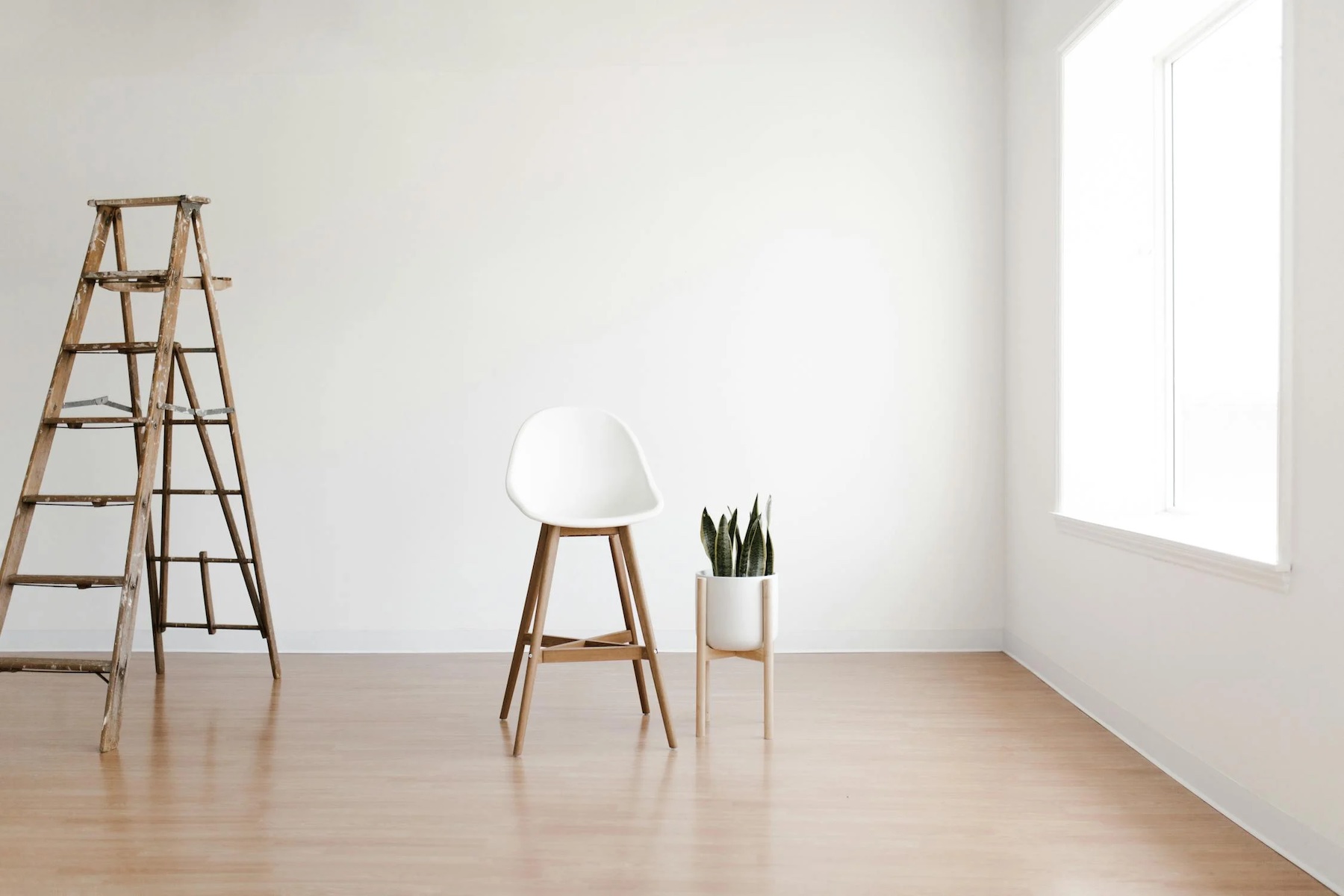How to Choose a Kitchen Worktop
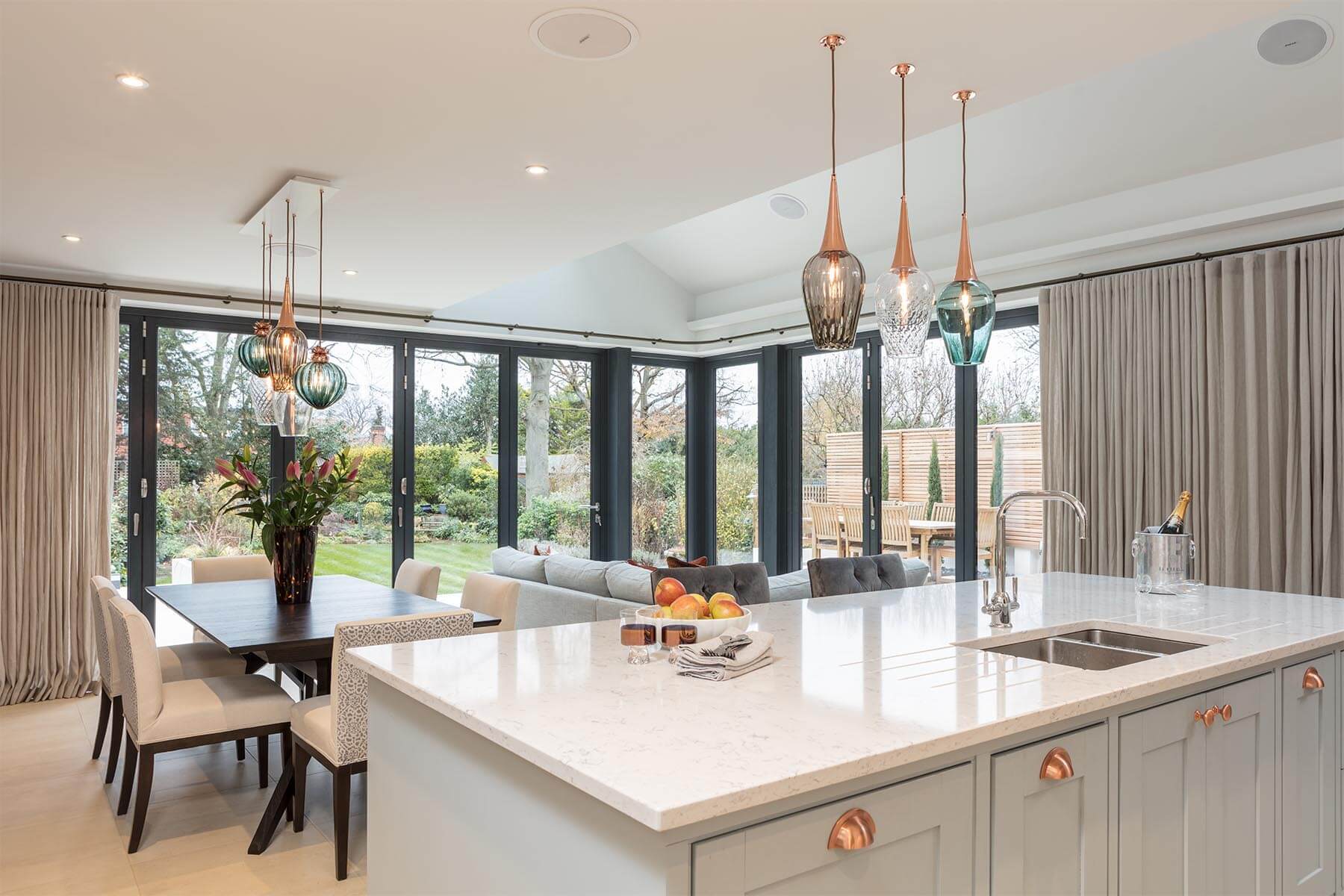
If you’re lucky enough to be in a position where you’re designing a brand new kitchen, you’re probably already questioning which kind of worktop will work best, according to you and your family’s needs. Kitchen worktops come in a plethora of different materials and styles to suit any taste, use and budget. So, which worktop material – wood or stone, concrete, composite or metal – will suit not just the look of your new kitchen, but how you will use it, too? The options may seem endless, but it’s worth taking the time to get this hardworking surface a hundred percent right. Think about how your individual household will use a kitchen surface: do you love to cook, or are you the type of host with Deliveroo bookmarked and ready to go? These sorts of initial questions will help you narrow down the options available, and stand you in good stead when it comes to decide.
Kitchen worktops are used for preparing, serving and, potentially, dining and entertaining too and will need to withstand regular, intensive cleaning. They’re a natural focal point in your kitchen, complementing cabinets and flooring and often lit by overhead pendant lighting. No longer an afterthought, kitchen worktops have become a key part of the design process. A worktop is used multiple times a day, in various capacities and should last you a very long time. With this in mind, it is important to choose a worktop material that is not only durable and in keeping with your overall aesthetic vision, but one that will suit your individual lifestyle.
Modern Kitchen Worktops to Suit All Budgets
These days, worktops are available at a huge variety of price points. If you have a tight budget, why not consider mixing and matching your worktop by using more expensive panels of natural stone in harder working areas such as around and sink, and utilise something inexpensive, such as wood, in other areas. Bear in mind too, that straight runs of worktop are easier to fit, while seamless materials such as composite make sense if you have a lot of curves and corners in your kitchen design. Usually, these will require tempering by an expert, so don’t forget to factor that cost into your budget. Drainer grooves by the sink are hugely effective, and really add to a kitchen design – but, of course, they don’t come for free. You can also save by considering the depth of your worktop and perhaps opting for a thinner profile, though thicker edges will certainly give your kitchen that luxe edge.
Kitchen Worktop Options
G R A N I T E
A naturally occurring stone, granite’s unique selling point is its unparalleled variety and beauty, making it one of the most popular choices for kitchen worktops that exude luxury. Granite is the result of cooling pressured magma over millions of years resulting in a rock that is both heat and scratch resistant. When sealed properly it is completely stain resistant and, once installed, requires no further maintenance.
Pros
Durable and will absorb most scratches and knocks
Extremely heat resistant
Excellent stain resistance, if correctly sealed
Antibacterial
Easy to Clean
A luxury material that never goes out of fashion
Suits traditional and modern styles
Each surface is unique
Long-lasting and won’t depreciate in value
Cons
Very heavy and will requires full support from cabinets after fitting
Expensive
Requires re-sealing every few years
Can’t be repaired if damaged
Not an eco-friendly choice owing to the effect of extensive mining in remote locations and transportation requirements
M A R B L E
A hard crystalline form of limestone, historically used in classical architecture and sculpture, marble will definitely be on your radar if you are looking for a luxury, statement kitchen. Visually striking due to the naturally occurring streaking in the stone, marble is is one of the most popular worktop materials in luxury kitchens, both traditional and contemporary. Marble can be practical too; owing to its poor heat conduction meaning it remains cold to the touch, even in hot steamy kitchens. Marble worktop are visually striking and truly unique, but they are vulnerable to staining and scratching, so may not be the best choice in a busy family kitchen.
Pros
Completely unique in terms of graining and colour
Classic, timeless look with a white brightness not available in granite
Luxury look and feel
Heat resistant
Cost effective – depending on the type of marble you choose
Naturally cool – perfect for working with pastry
Develops a worn-in feel over the years
Doesn’t depreciate in value and can even add to the overall value of your home
Cons
Incredibly heavy
Prone to cracking and chipping
Porous, easily stained by acidic foods, wine etc.
Scratches relatively easily
Prone to watermarks
Degrades over time
Q U A R T Z
Quartz has become the industry-standard for kitchen worktops, owing to its unbeatable practicality and myriad design options, including fortification with mirrors, glass or metal to achieve various visual effects. A durable, man-made alternative to natural stone, quartz worktops are created using industrial techniques to reinforce natural quartz with resin to create a truly hard-wearing and customisable worktop. This means that quartz mirrors the complexity and nuance of natural stone, whilst delivering superior quality and durability. Quartz is naturally resistant to staining and scratching, but is less heat-resistant than granite.
Pros
Hard-wearing
Extremely resistant to staining
A reasonable level of heat resistance
Antibacterial
Non-porous and water resistant – requires no sealing whatsoever
Easy to clean with simple soap and water
Unrestricted range of colour and textures, including polished, matte and natural stone
Generally available in larger slabs than granite, meaning less visible joints
Cons
Lacks the natural depth and beauty of granite and marble
Very heavy
Expensive
Needs professional installation
Can discolour following excessive direct sunlight exposure
If resin is damaged by heat, it is irreparable and very noticeable
C O R I A N / S O L I D S U R F A C E / E N G I N E E R E D S T O N E
Solid surface worktops, or Corian, are made by applying an acrylic resin to the top of a wooden substrate material. This creates a seamless, glossy worktop that fits perfectly into a contemporary design, great for modern kitchens. Made from approximately 90% natural quartz crystals mixed with a small percentage of binders, and referred to as both quartz composite and engineered stone, solid surface is very tough, virtually non-porous, resistant to scratches, stains, heat damage and impact, and often comes with a long warranty. Solid surface can be moulded and thermo-fitted into the most awkward of spaces, making it a popular choice for contemporary kitchens due to its seamless integration into the space, and lack of need for fittings. It can also be engraved, back-lit and even fitted with built-in wireless charging for smartphones.
Pros
Suits most kitchens
Available in a wide variety of colours and finishes
Can easily be formed into any shape without joints
Scratches can be sanded out
Non-porous and professionally fitted without joints, making it hygienic and antibacterial
Low maintenance
Lighter and easier to install than granite or quartz
Consistent composition so, unlike natural store, there won’t be any variation in colour shading or veining
In the unlikely event or it chipping or staining, can be repaired by a specialist
Cons
Less heat resistant than granite and quartz
Scratches fairly easily
Relatively expensive – particularly in large quantities
Extreme exposure to direct sunlight will discolour over time
Although the resin exterior is waterproof, if water does get into the wooden substrate it can cause irreparable damage
C O N C R E T E
The industrial look of concrete, coupled with its unrivalled durability makes it a very popular current choice, particularly in a polished smooth finish. By nature, concrete is designed to withstand plenty of heavy-duty use, comes in a range of standard concrete mix colours (from white to grey) and can be mixed with pigments for stronger colours. Although hardwearing, concrete worktops are porous and can stain easily, and are very heavy, so extra reinforcement may be required. The benefit of a concrete worktop is that it is created in-situ, meaning the worktops can be produced seamlessly, without the need for joints.
Pros
Incredibly durable
On-trend industrial look and feel
Created in-situ, meaning worktops can be produced seamlessly without joints
Handmade and hand finished
Can be trimmed and moulted to any shape
Cons
Only suits contemporary or industrial schemes
Expensive prone to scratching
Porous and easily stained by food
L A M I N A T E
Laminate is an extremely cost-effective and versatile worktop solution. Long considered the best budget option; laminates are non-porous, offer easy maintenance and come in a limitless range of design and colour choices – including imitation stone and wood. Made by fusing multiple layers of impregnated paper under high pressure temperature, bonded to a substrate, they are resistant to impact, scratching and moisture. Laminate used to be the default selection for worktops, due to its cheap manufacture and installation costs, but laminate worktops are not without fault. Cheaper options will damage easily and will not have the durability of either natural stone or composites. There is a huge variation in quality when it comes to laminates, so it pays to do your research.
Pros
By far the cheapest worktop available
Many colours and finishes available
Low maintenance
Easy to clean
Resistant to fluids and chemicals
Suits any style of kitchen, from contemporary to classic
Can be easily installed without the help of a professional
Cons
Can peel and chip over time
Looks cheaper than the alternatives
Will burn or even melt – not heat or steam resistant
Easily scratched and can become unhygienic
Don’t work well with Belfast or under-mounted sinks
S T A I N L E S S S T E E L
Stainless steel is the go-to worktop material in the commercial kitchen sector, and is perfect for an industrial-style kitchen. Stainless steel is still not very popular in homes because it can become overwhelming when used in large areas. However, there is no reason you couldn’t use it to make a statement and take advantage of its benefits on a kitchen island or in a small workspace.
Pros
Strong and durable
Naturally antibacterial
Easy to install and clean
Completely waterproof
Heat and acid resistant
Very light Resistant to rust
Cons
Can appear cold and clinical
Prone to scratching
Fairly easy to dent
Noisy
Difficult to integrate into larger areas
Doesn’t suit more traditional kitchens
H A R D W O O D
Whether you are after a contemporary or traditional kitchen, hardwood is a great solution – as long as you are willing to put the work into its maintenance. The drawback with wood compared to other worktop materials is that it requires regular oiling to keep away stains and damage. However, hardwood worktops will naturally age over time, gaining a beautiful patina. Popular choices of hardwood include oak and walnut. Wooden worktops lends themselves fondly to those concerned with sustainability, due to it being a renewable, carbon positive material. If purchased from an FSC-Certified source, it is an incredibly environmentally-friendly choice. An adaptable finish, which can be used for cooking and prep areas, in addition to islands, breakfast bars or end-grain chopping boards.
Pros
Sustainable option when sourced from FSC approved sources
Carbon positive material
Cheaper than stone options
Variety of wood grains and colours available
Antibacterial if maintained
Looks great with age – if properly sealed and maintained will last a long time
Can be sanded and re-oiled to restore it to its original quality
Very easy to cut and fit
Cons
Requires regular maintenance
Can become stained
Scratches easily
Hot pans will scorch its surface
Not suitable for areas with harsh direct sunlight, as they will discolour
G L A S S
Glass has only recently been introduced to the worksurface market. It is stylish, versatile and works perfectly in a contemporary design. Glass has long been a favourite with interior designers for the light touch it brings to a scheme as well as its reflective sheen that really helps boost light levels. Glass is a non-porous material that can withstand moisture, spills and splashes and can easily be wiped clean, making it a practical solution in a modern kitchen.
Pros
Can be made into any style or shape
Easy to clean
Extremely durable
Very hygienic owing to the lack of joints and dirt traps
Scratches can be polished out
Heat resistant
Limitless range of colours
Looks modern, stylish and sleek
Cons
Expensive
Surface can be damaged by acidic foods or harsh cleaning agents
Can look smeary if not cleaned efficiently
Shows water marks
Will look out of place in a more traditional kitchen


Looking for interior inspiration?
Explore our recent work or contact us for a design consultation
FIND INSPIRATION
RELATED STORIES
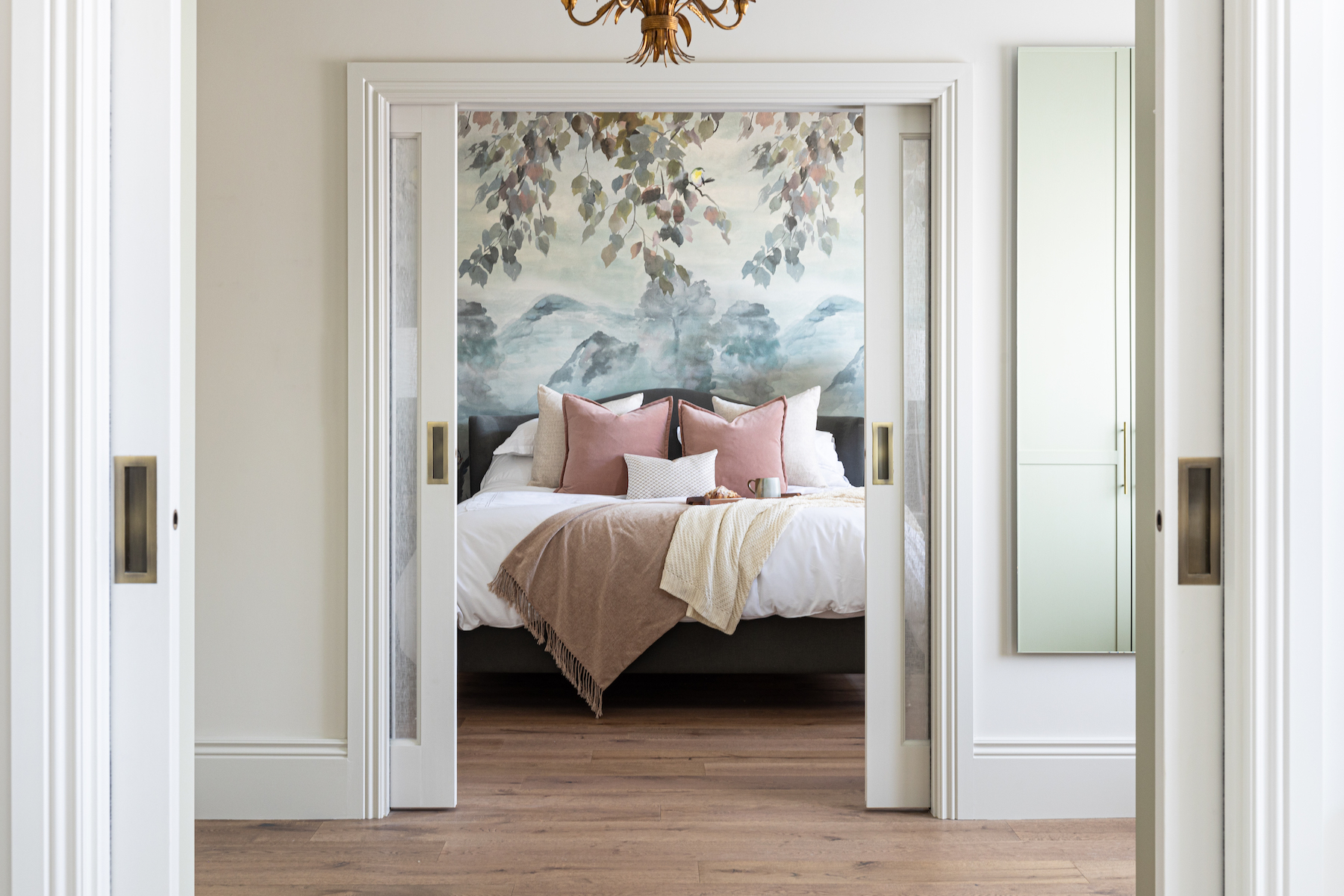
Interior Architecture VS Interior Design
When it comes to shaping interior spaces, two terms often come up: interior design and interior architecture. We cover the key differences between both practices and why understanding this difference matters.
READ MORE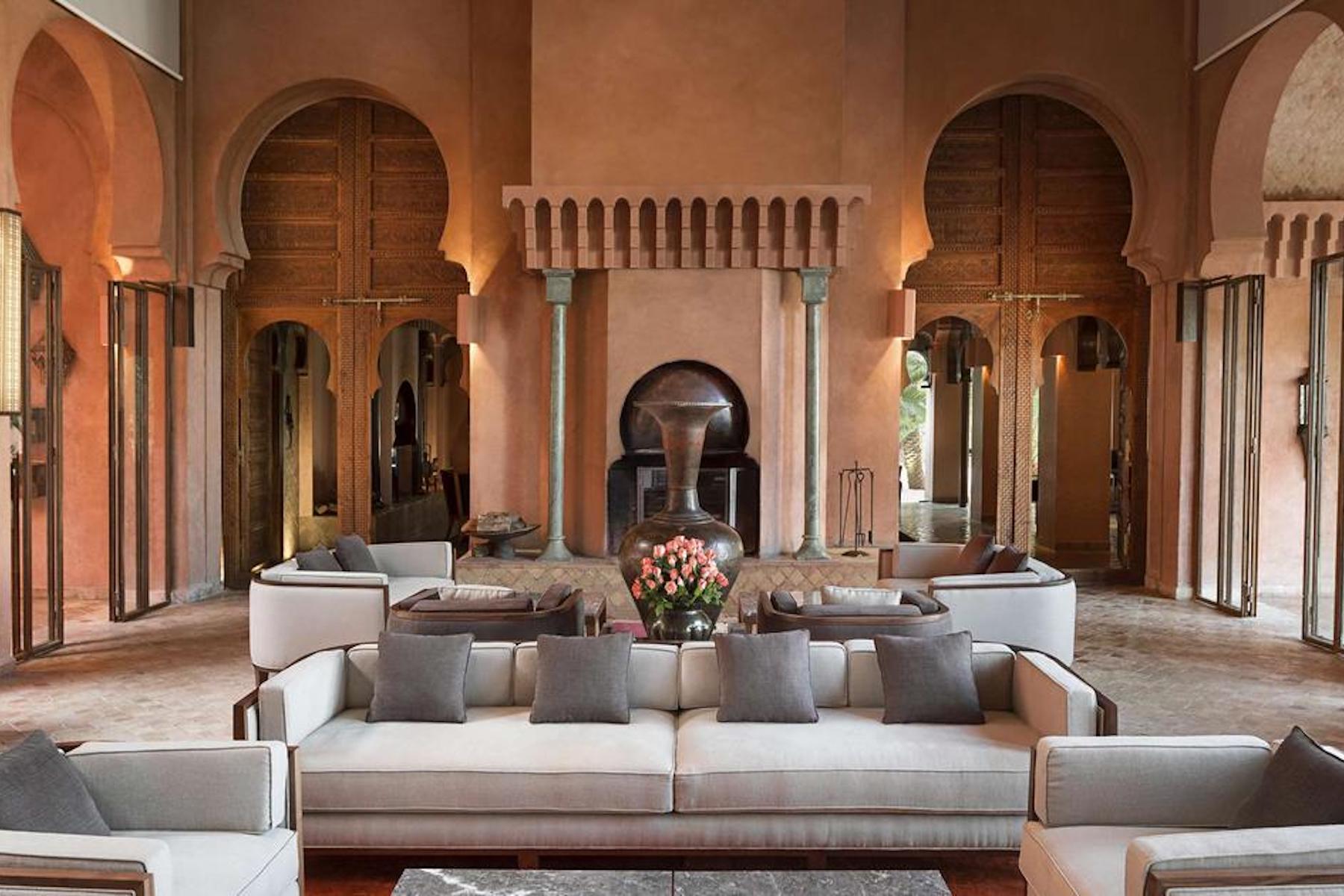
9 Must See Beautiful Interiors in The Hospitality Sector
We delve into the world of hospitality interiors, looking at the best hotels and restaurants to visit for beautiful interior design.
READ MORE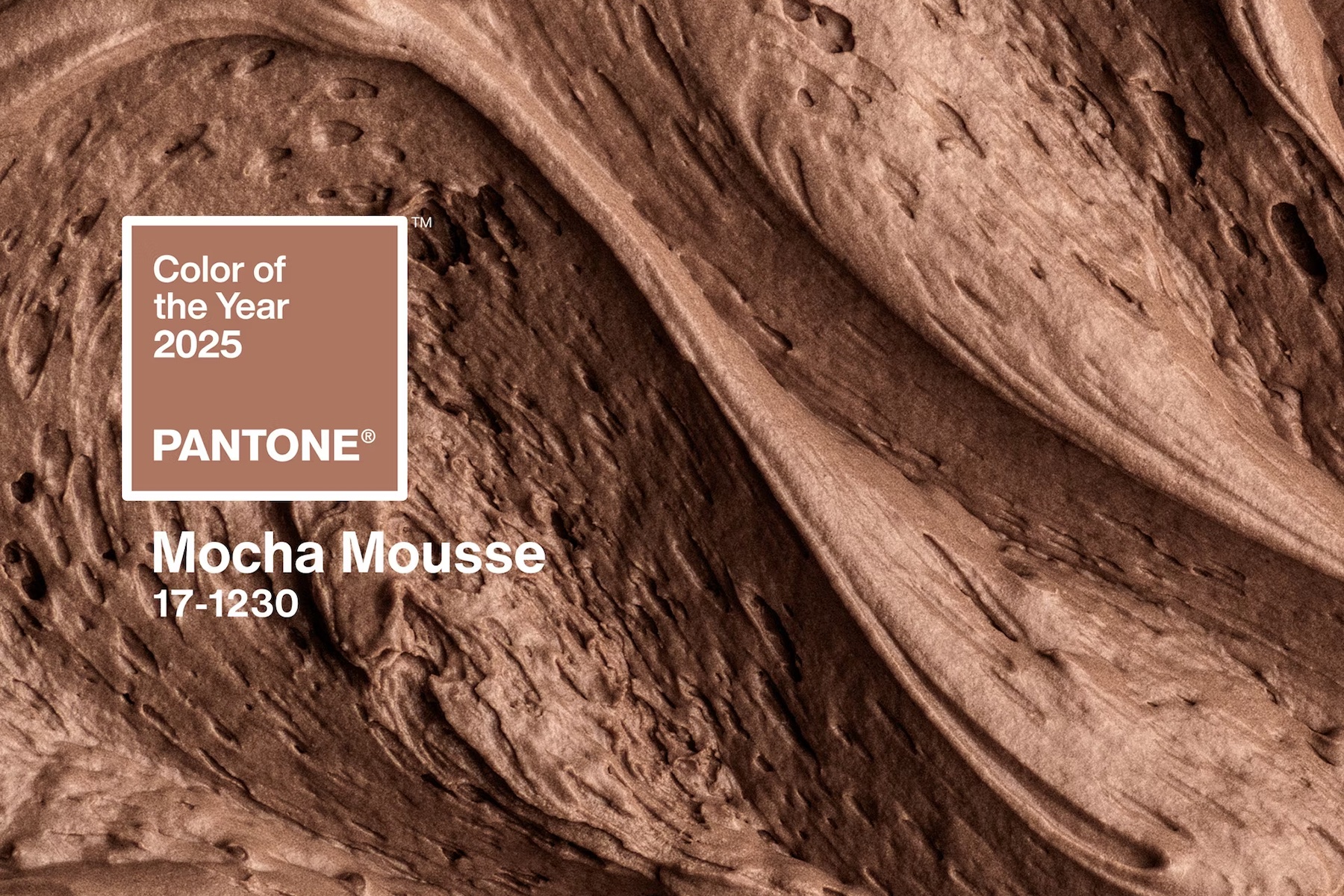
Pantone Colour of the Year 2025: Mocha Mousse – A Delicious Blend of Warmth and Sophistication
What is Pantone's Colour of The Year 2025 and how can you use it?
READ MORE